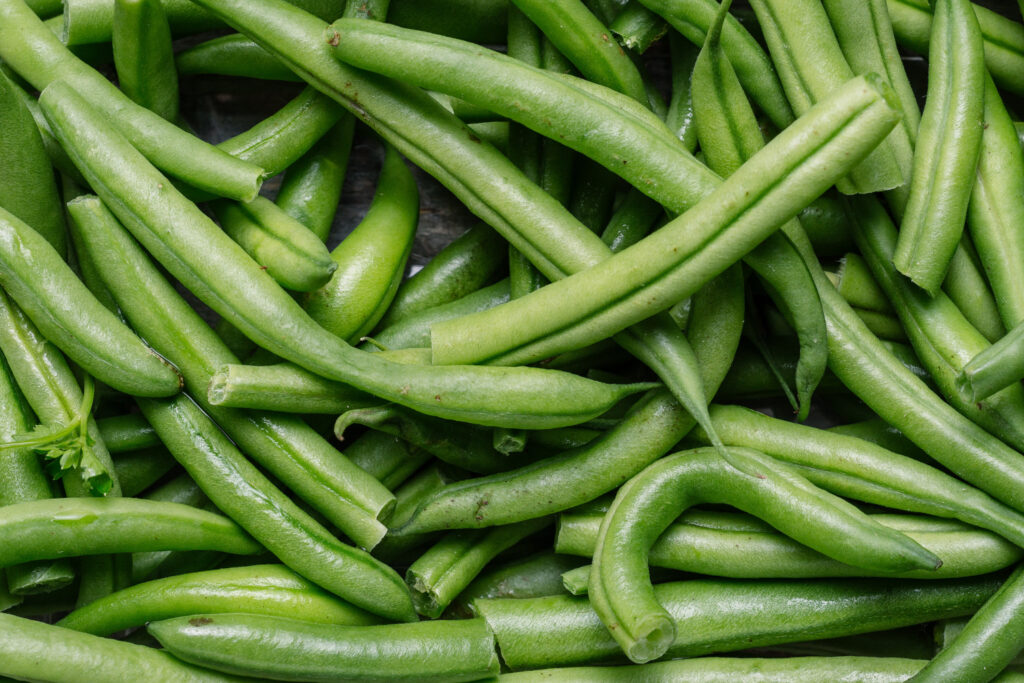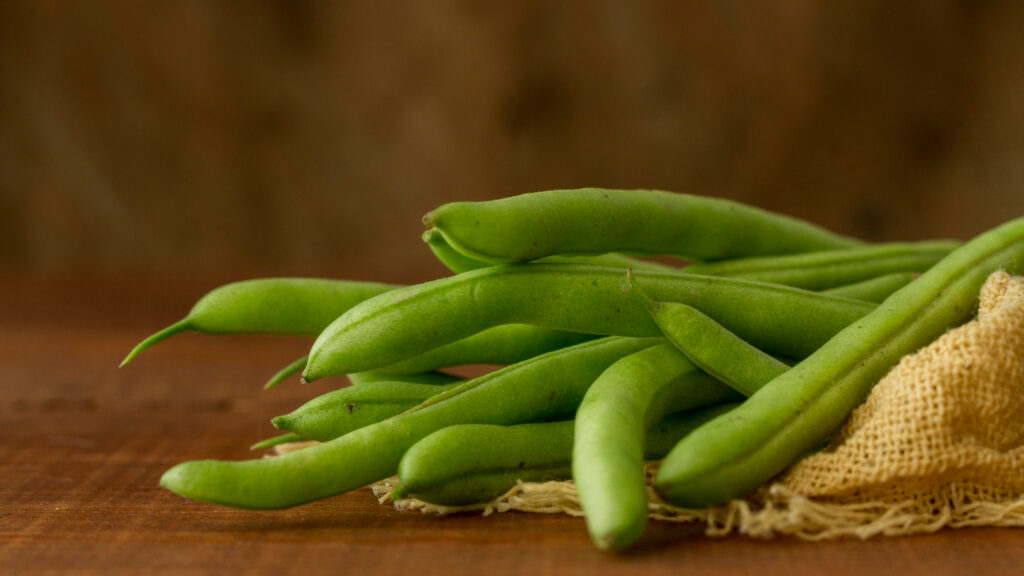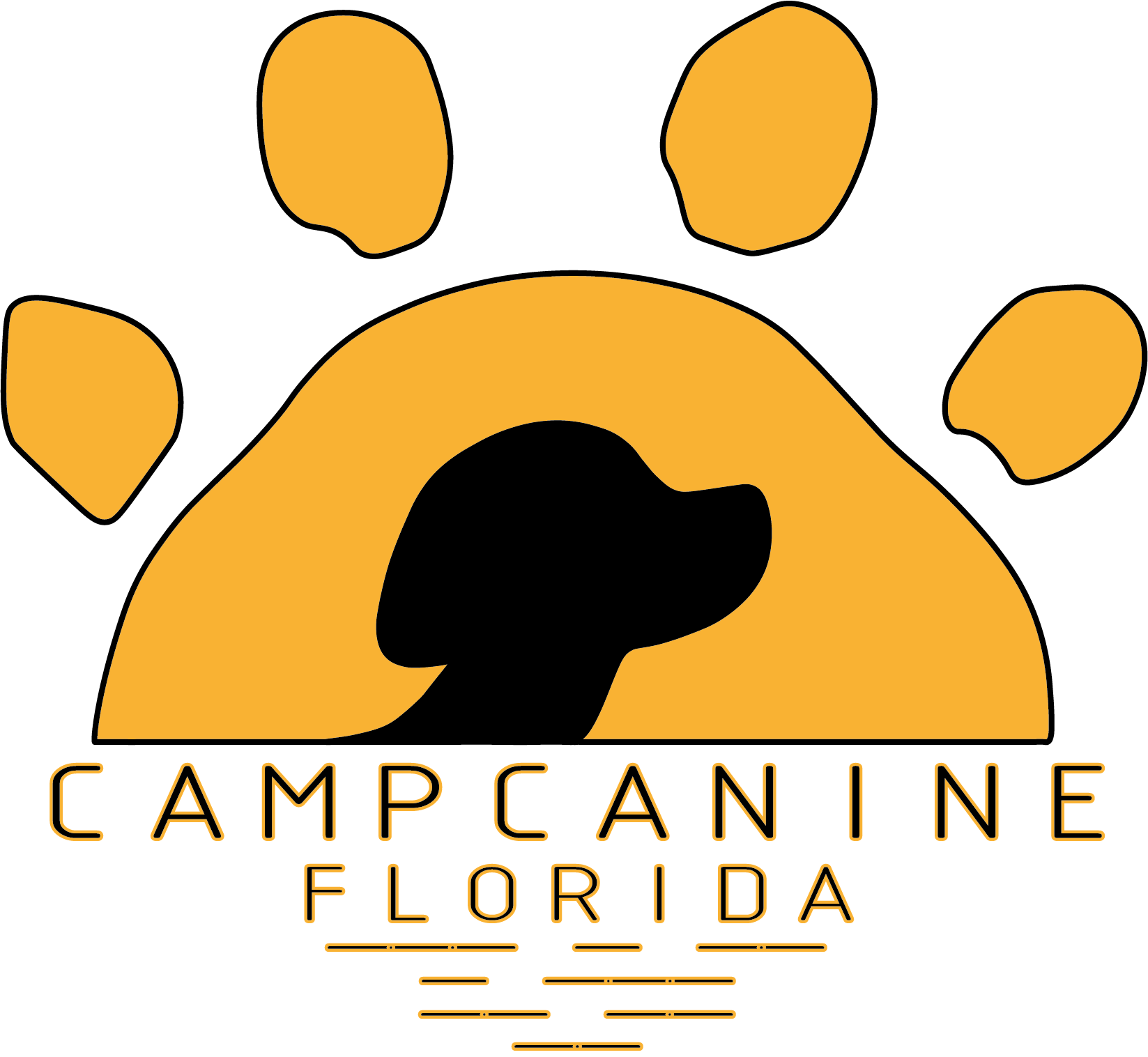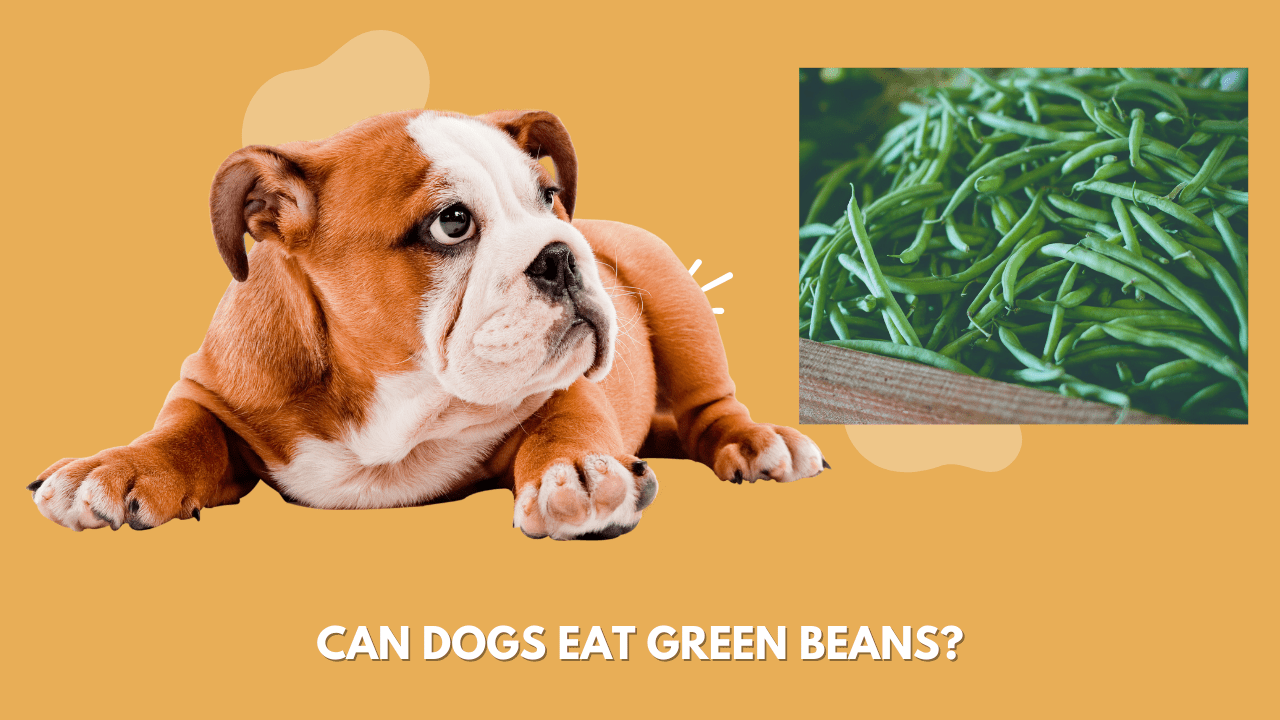Key Takeaway
Dogs can safely eat green beans, which are low-calorie and high in fiber. They can help dogs feel full and aid in weight loss.
If your dog doesn’t like green beans, try offering a different variety, mixing them with something your dog likes, roasting them, or cutting them into smaller pieces. Always introduce new foods gradually and consult with your vet before making significant diet changes.
It’s a common question among pet owners: can dogs eat green beans? After all, green beans are packed with essential nutrients like vitamins A and C, dietary fiber, and protein. But is this healthy vegetable safe for your pup to consume? The answer may surprise you! In this article, we will discuss the potential benefits of feeding your dog green beans as well as the risks associated with it. We’ll also provide tips on how to prepare them so that they’re safe for your furry friend to enjoy. So if you’ve been wondering “can dogs eat green beans?” – read on to find out more!
Fun facts about green beans

Green beans are an incredibly versatile and healthy vegetable. They are a good source of dietary fiber, potassium, and vitamin C. Not only do green beans have several nutritional benefits, but they can also be prepared in a range of ways. From steamed salads to casseroles and stir-fries, green beans offer an opportunity for home chefs to explore their culinary skills. Furthermore, green beans may even help prevent certain cancers due to their high levels of antioxidants and other compounds such as saponins.
You may think you know everything there is to know about this popular vegetable, but here’s another fun fact: green beans were one of the original “superfoods”!
Did you know that green beans can be a nutritious addition to your pup’s diet? Dogs of all ages and sizes can enjoy them as a snack, accompanying meal, or part of their main dietary staple. Since they are low in calories and fat, green beans can also help dogs maintain their weight. Additionally, green beans are packed with vitamins, minerals, dietary fiber, and antioxidants that benefit a dog’s overall health – aiding digestion and boosting the immune system. Believe it or not, one cup of green beans contains only 31 calories while providing 19% of the ideal daily intake of vitamin C!
So the next time you are at the store perusing pet food options for your pup, don’t forget to pick up some healthy green beans to supplement their kibble!
Green beans nutrition facts for dogs
Green beans are highly nutritious and can make a great addition to your dog’s meal plan. Here’s a look at the nutritional breakdown of one cup of cooked green beans:
- Calories: 31
- Protein: 2 grams
- Carbohydrates: 7 grams
- Dietary Fiber: 3 grams
- Fats: 0.3 grams
- Vitamin A: 15% of the RDI
- Vitamin C: 19% of the RDI
- Potassium: 8% of the RDI
Can dogs eat green beans?
Can dogs have green beans? Green beans can be a great addition to your dog’s diet, provided they are cooked prior to being offered and served unsalted.
Green beans are an excellent source of dietary fiber, vitamins A, C, and K, calcium, iron, and folate. Since they contain no cholesterol or sodium, they can be a beneficial low-calorie treat for your pup.
Dogs can benefit from the anti-oxidant properties found in green beans as well as their ability to help with digestion due to their high fiber content. However, it is recommended that you feed green beans in moderation as part of a larger diet plan for your pup. When introducing any new food into your dog’s diet it is important that you consult with your veterinarian first so that the nutrition balance is maintained. So can dogs eat green beans? The answer is YES!
Can puppies eat green beans?
Yes, puppies can have green beans as part of their diet when they are at least six weeks old. As with any new food, it is wise to consult your veterinarian first before giving your pup green beans. However, since green beans are low in calories and fat and high in vitamins and minerals, they can be beneficial for growing pups.
Just remember to cook green beans before feeding them to your puppy, as raw green beans can be hard for them to digest. Additionally, make sure you are offering only unsalted or lightly salted green beans and that they are a portion of the diet rather than the main meal!
Are green beans safe for dogs?
Green beans are a healthy and nutritious vegetable for humans, but are they safe for our beloved four-legged friends? The answer is YES! Green beans can be a great snack for dogs when served in moderation. Due to their high fiber levels, green beans provide helpful dietary benefits that may help promote weight control, better digestion, and even reduce the risk of certain diseases.
A great way to feed your pup green beans is to blanch them: boiling them lightly in salted water before offering them to your dog. Be sure to remove all strings or pods from the green bean before feeding it away. As with any new food you give your pet, watch for signs of allergies or indigestion and limit servings until you know how your pet responds.
Are green beans good for dogs?

Green beans offer many nutritional benefits for dogs and can be an excellent addition to their diet. They are low in calories and carbohydrates, high in fiber, and full of key vitamins and minerals such as iron, riboflavin, vitamins C & K, potassium, magnesium, and folate.
As an added bonus they provide important antioxidant protection. Serving green beans to your dog is a great way to ensure they are getting the proper nutrition. Just be sure to serve them cooked or canned with no added salt or seasonings. Also, make sure that the beans you serve make up no more than 10 percent of your pup’s daily calorie intake so that it does not cause a nutritional imbalance in the diet.
Green beans helps dogs lose weight
According to the Association for Pet Obesity Prevention, more than half of all dogs in the United States are overweight or obese. Obesity in dogs can lead to a variety of health issues, including diabetes, heart disease, and joint problems. Managing a dog’s weight is crucial to ensuring their overall health and well-being.
Green beans are a low-calorie food, with only 30 calories per cup, making them a great choice for dogs who need to lose weight. They are also high in fiber, with 4 grams per cup. Fiber helps dogs feel full, which can prevent overeating and reduce the amount of food they consume overall.
A study published in the Journal of the American Veterinary Medical Association found that overweight dogs who were fed green beans as a snack lost weight and had a decreased appetite. The study followed 20 overweight dogs over a period of six months, and the dogs who ate green beans lost an average of 1.2% of their body weight per week.
Can dogs eat raw or cooked green beans?
It is always best to feed your pup cooked or canned green beans as opposed to raw, as raw green beans can be hard for them to digest. Additionally, make sure you are offering only unsalted or lightly salted green beans and that they are a portion of the diet rather than the main meal!
In conclusion, when offered in moderation, green beans can be a tasty and nutritious snack for your pup. They provide key vitamins and minerals to support overall health, are low in calories for weight control purposes, and contain antioxidants to help protect the body from disease.
Can dogs eat raw green beans?
No, it is not recommended to feed your dog raw green beans as they can be difficult for them to digest. Raw green beans may also contain toxins that could harm your pup’s health. It is best to offer cooked or canned green beans with no added salt or seasonings. Be sure to remove any strings or pods before serving and introduce new foods slowly in small servings to gauge your pet’s reaction.
Can dogs eat cooked green beans?
Yes, dogs can eat cooked green beans. It is important to avoid adding any seasoning or salt in order to prevent gastrointestinal upset. Make sure that the beans you serve make up no more than 10 percent of your pup’s daily calorie intake so that it does not cause a nutritional imbalance in the diet. Cooked green beans are an excellent low-calorie option for dogs to supplement their diet and help with weight loss.
Green beans can be a healthy snack choice for your pup, provided they are served in moderation. They offer nutrients and antioxidants to support overall health and can even aid in weight management when offered as part of an overall balanced diet. Before introducing any new food to your pup’s diet, it is important to check with a veterinarian. This way, you can ensure that you are providing all of the vitamins and minerals your pup needs for optimal health!
What kind of green beans can dogs eat?
Dogs can eat both canned and cooked green beans. When offering canned green beans, make sure that they are not packed in sauce or have any added ingredients such as salt or seasonings. As for cooked green beans, it is best to remove strings and pods before serving and avoid adding any seasonings or salt. It is also important to offer green beans in moderation as part of a balanced diet to ensure that the pet is receiving all the necessary vitamins and minerals.
Can dogs eat string beans?
Yes, dogs can eat string beans. It is important to remove the strings and pods before serving to make it easier for them to digest. Additionally, be sure that the string beans you offer are cooked or canned with no added salt or seasonings in order to prevent gastrointestinal upset.
Can dogs eat canned green beans?
Yes, dogs can eat canned green beans as long as they are not packed in sauce or have any added ingredients such as salt or seasonings. It is important to offer canned green beans in moderation and make sure that it makes up no more than 10 percent of your pup’s daily calorie intake so that it does not cause a nutritional imbalance in the diet. Be sure to introduce new foods slowly in small servings to gauge your pet’s reaction.
Can dogs eat frozen green beans?
Yes, dogs can eat frozen green beans. It is important to thaw the beans and cook them before serving in order for your pup to digest them properly. Additionally, make sure that you remove any strings or pods before serving and offer only unsalted or lightly salted green beans in order to prevent gastrointestinal upset.
Can dogs eat green bean casserole?
No, it is not recommended to feed your dog green bean casserole as it contains ingredients that can be harmful to them and may even cause gastrointestinal upset. It is best to offer plain cooked or canned green beans with no added salt or seasonings in order to ensure their safety.
How many green beans can I give my dog?
It is best to start with a small portion, such as 1-2 tablespoons of cooked green beans. Offer up to 10 percent of your pup’s daily calorie intake in order to ensure that it does not cause a nutritional imbalance in their diet. Be sure to introduce new foods slowly and gauge your pet’s reaction before offering larger servings.
If your pup experiences any vomiting, diarrhea, or other adverse reaction to the green beans, it is best to discontinue feeding them.
Ultimately, green beans can be a nutritious snack for your pup provided they are served in moderation and with no added seasonings or salt.
How often can dogs eat green beans?

Dogs can eat green beans as often as a few times a week, provided that it does not exceed 10 percent of their daily calorie intake. When introducing new foods to your pup’s diet, it is important to do so slowly and in small amounts in order to gauge their reaction. Additionally, be sure that the green beans you offer are cooked or canned with no added salt or seasonings in order to prevent gastrointestinal upset. As always, it is best to consult a veterinarian before introducing any new foods into your pup’s diet.
How to cook green beans for dogs?
When cooking green beans for your pup, it is important to remove any strings or pods before serving and avoid adding any salt or seasonings. It is best to steam the green beans in a small amount of water until they are tender, but still slightly crunchy. Once cooked, let them cool before offering them to your pup as part of their meal or as a healthy snack. Additionally, it is important to introduce new foods slowly in small servings to gauge your pet’s reaction.
Tips on feeding dogs green beans
- Always serve green beans cooked and avoid adding any salt or seasonings.
- Make sure to remove any strings or pods before serving.
- Offer up to 10 percent of your pup’s daily calorie intake in order to prevent a nutritional imbalance.
- Introduce new foods slowly and in small servings in order to gauge your pet’s reaction.
- Consult your veterinarian before introducing any new foods into your pup’s diet.
- If your pup experiences any vomiting, diarrhea, or other adverse reactions to the green beans, it is best to discontinue feeding them.
- Have fun and enjoy mealtime with your pup!
Home recipe green beans for dogs
Ingredients
- 1 cup of frozen green beans
- 1 tablespoon of olive oil
Instructions
- Thaw the green beans and rinse them under cold water.
- Heat a skillet over medium-high heat and add the olive oil.
- Add the green beans to the skillet and sauté for 5-7 minutes, stirring occasionally.
- Once the green beans are tender and slightly crunchy, remove them from the heat and let them cool before serving.
- Serve as part of a balanced meal or as a healthy snack.
- Enjoy!
Additional Tips
- If desired, you can add garlic or other seasonings in small amounts to the green beans. Just be sure to introduce them slowly and gauge your pup’s reaction before serving larger portions.
- Store any leftovers in an airtight container and refrigerate for up to 3 days.
- If you are unsure of how much is safe for your pup, it is best to consult with a veterinarian before adding green beans to their diet.
- Have fun and enjoy mealtime with your pup!
When preparing green beans for dogs
Green beans can be cooked in a variety of ways, including steaming, roasting, boiling, or sautéing. When preparing green beans for your pup make sure you are using only fresh ingredients and that you avoid adding any additional oils, fats, or spices aside from a pinch of salt (if desired).
Once the green beans have been cooked through, you can either offer them as is or mash them up into a puree for easier digestion. You can also mix green beans in with your pup’s regular food for a nutritious boost!
When it comes to feeding green beans to your pup, moderation is key. To prevent any digestive issues from occurring, start by offering only a few pieces at a time and slowly increase the portion size over time.
By taking the steps to ensure that your pup is getting all of the essential nutrients from fresh, healthy green beans, you can help them maintain their ideal weight and promote long-term health! Green beans are an excellent source of dietary fiber and vitamins for dogs, so don’t forget to add them to your pup’s diet! Just remember to cook them properly and give them in moderation for the best results. Your pup is sure to thank you. Happy snacking!
What if your pup doesn’t like green beans?
Here are 5 tips if your pup doesn’t like green beans:
- Try a different variety of green beans or offer snap peas, sugar snap peas, or snow peas.
- Mix them with something your dog likes, such as their regular dog food, cooked chicken, or a bit of peanut butter.
- Roast them in the oven with a bit of olive oil and salt.
- Cut them into smaller pieces or mash them up.
- Offer a different low-calorie snack, such as carrots, celery, cucumbers, or apple slices.
FAQs
Can dogs lose weight with green beans?
Green beans are an excellent low-calorie option for dogs to supplement their diet and help with weight loss. Not only are they both nutrient-dense and calorie-light, but studies have also even found that green beans help dogs feel fuller despite their lower caloric intake. Adding green beans to your pup’s meal can reduce their daily calorie count while still providing them with the nutrients they need.
It is important to check with a veterinarian before drastically changing a dog’s diet, such as replacing meals with green beans in order to ensure that the pet is receiving all necessary vitamins and minerals. As long as proper precautions are taken, green beans can be a great way for overweight pups to cut back on calories and shed some extra pounds safely.
What is the green bean diet?
The green bean diet is an increasingly popular diet for pets. It involves replacing traditional dog food with cooked or canned green beans as the main source of nutrition. While this approach can help dogs lose weight and control their appetite, it is important to note that it does not provide a balanced nutritional profile for your pup.
It is also important to check with your veterinarian before switching your dog to a green bean diet as it can cause issues such as vitamin and mineral deficiencies. If you do decide to try the green bean diet, make sure that you monitor your pup’s weight and nutrition levels closely.
Can green beans upset a dog’s stomach?
Green beans can be a nutritious addition to your pup’s diet, but like any other food, there is always the risk that it could cause digestive upset. To reduce this risk, start by introducing green beans in small amounts and gradually increasing the quantity over time. If you notice any signs of distress after eating green beans such as vomiting or diarrhea, discontinue the food and check in with a veterinarian. It is also important to make sure that you are only using fresh green beans that have been cooked properly as this can prevent any potential stomach issues.
Do green beans clean dogs’ teeth?
Green beans are a crunchy snack that can help your pup clean their teeth as they chew. The act of chewing on green beans helps remove plaque and tartar buildup, which can reduce bad breath and dental diseases in dogs.
It is important to note that green beans should not be used as an alternative for regular brushing or professional dental care. Green beans should only be offered as part of a balanced diet and used in moderation for optimal results.
Conclusion
If you’re wondering “can dogs eat green beans?” the answer is YES! Green beans are a nutritious and low-calorie snack that can provide your pup with essential vitamins, minerals, and dietary fiber. However, it is important to remember to cook them properly before giving them to your dog and only offer them in moderation as too many green beans could cause digestive issues. But always make sure they are cooked correctly! Green beans may even help keep their teeth clean while providing an enjoyable crunchy treat for your pup. With these tips in mind, you can feel confident adding green beans to your pet’s diet safely!
References:
Association for Pet Obesity Prevention. (2020). Pet Obesity Statistics. Retrieved from https://vetcenter.purina.es/sites/default/files/article-pdf/Article%20581_The%20Weight%20of%20Silence-%20Opinions%2C%20Attitudes%20and%20Solutions%20for%20the%20Pet%20Obesity%20Crisis.pdf
Kienzle, E., & Bergler, R. (2006). Human-animal relationship of owners of normal and overweight cats. Journal of Nutrition, 136(7 Suppl), 1947S-1950S.
Larsen, J. A., Parks, E. M., & Heinze, C. R. (2010). Evaluation of the effects of weight loss on plasma lipid concentrations in obese dogs. American journal of veterinary research, 71(7), 707-713.
Tvarijonaviciute, A., Ceron, J. J., Holden, S. L., Biourge, V., Morris, P. J., & German, A. J. (2012). Obesity-related metabolic dysfunction in dogs: a comparison with human metabolic syndrome. BMC Veterinary Research, 8(1), 147.
Weber, M., Bissot, T., Servet, E., Sergheraert, R., & Biourge, V. (2007). Effect of feeding a weight loss food beyond a caloric restriction period on body composition and resistance to weight gain in dogs. Journal of the American Veterinary Medical Association, 231(7), 1135-1140.

